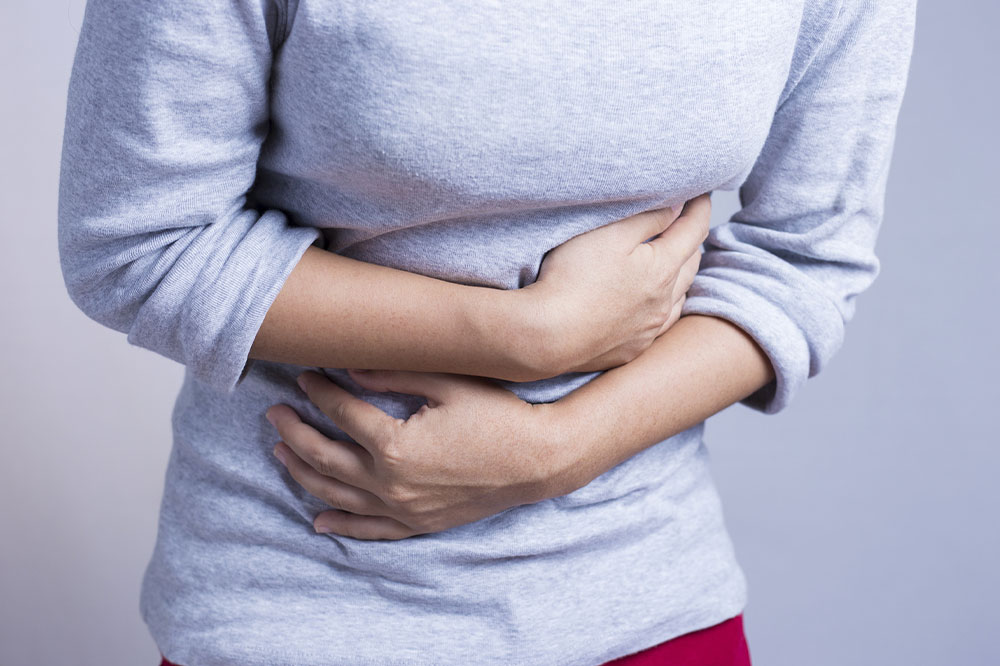
Hemorrhoids – Types, symptoms, causes, and therapies
Hemorrhoids, also known as piles, are swollen veins in the lower rectum that can be present internally or externally. Internal hemorrhoids tend to be painless but cause a lot of bleeding, while external ones cause excruciating pain. It is a common health problem in our country, affecting one in about 20 people. Here are some critical details about the condition, including its common types, symptoms, causes, and popular treatment options.
Types of hemorrhoids
There are three general types of the disorder:
- External
External hemorrhoids form under the skin around the anal area. - Internal
Internal ones lie inside the rectum and, as stated earlier, rarely cause pain and discomfort. However, one tends to lose blood and other essential fluids in great amounts while defecating. - Thrombosed
The third type, thrombosed hemorrhoids, are external hemorrhoids that form a clot in the anal area. This clot is known as a thrombus. Many external hemorrhoids go on to become thrombosed eventually.
Signs and symptoms
A person likely has hemorrhoids if they experience the following discomforts:
- Pain and irritation in the anus
Healthcare professionals advise people with hemorrhoids to refrain from scratching them. When scratched, friction is caused in and around their swollen hemorrhoids, which can cause pain and frequent instances of irritation in the rectal area. - Itching sensation in the rectal area
Internal and external hemorrhoids lead to increased mucus production in the anus. Often, this mucus leaks and moves into the surrounding areas, causing itchiness, especially after defecation. - Swelling around the anus
The inherent appearance of hemorrhoids is a swelling. It happens because the veins around the anus tend to stretch under extreme pressure. Frequent constipation, strain during bowels, and other health reasons could induce this pressure. - Discomfort while sitting down
External hemorrhoids tend to be raw and swollen, especially after one defecates. This causes pain and extreme discomfort while walking or sitting.
Some other symptoms of internal and external hemorrhoids are pain while defecating and, in some cases, abdominal pain. Individuals can usually tell whether they have the condition without visiting a healthcare expert.
Causes of hemorrhoids
There are multiple ways in which one can develop the ailment. Some common causes are:
- Following a low-fiber meal plan
- Having chronic constipation or diarrhea
- Straining frequently during bowel movements
- Sitting on the toilet seat for long
- Pregnancy
- Frequently having anal intercourse
- Eating spicy foods regularly
- Performing heavy lifting frequently
As is evident, hemorrhoids result from poor eating, toilet habits, and hygiene. If a person takes care of these things, they can drastically reduce their likelihood of developing this uncomfortable health condition.
Treatment options and management
A healthcare professional may recommend the following treatment alternatives and therapies when someone with hemorrhoids visits them:
- Rubber band ligation
Doctors place a custom-made rubber band around the hemorrhoid’s base in this procedure to cut off the blood supply to it and prevent it from growing further. Eventually, the hemorrhoid shrinks, shrivels, and is eliminated as skin tissues cover the area. Despite how simple this treatment may sound, one must always have a healthcare professional to do it for them. - Infrared photocoagulation
This type of coagulation therapy is mainly used for internal hemorrhoids. In this treatment, healthcare experts use a tool to direct infrared light into an internal hemorrhoid. The light creates heat in and around the swelling. Eventually, the skin’s scar tissue forms around the hemorrhoids and cuts off the blood supply to them. Like in the previous treatment, the hemorrhoid shrinks and disappears after a while. - Electrocoagulation
This treatment is identical to infrared photocoagulation, except it uses electric current instead of infrared light. Eventually, the hemorrhoids shrink and level away through this procedure.
Small hemorrhoids usually go away on their own in a few days with simple lifestyle changes. However, larger ones may require visiting a healthcare provider for treatment. The doctor may recommend a suitable procedure after examining the swelling and assessing its severity.




